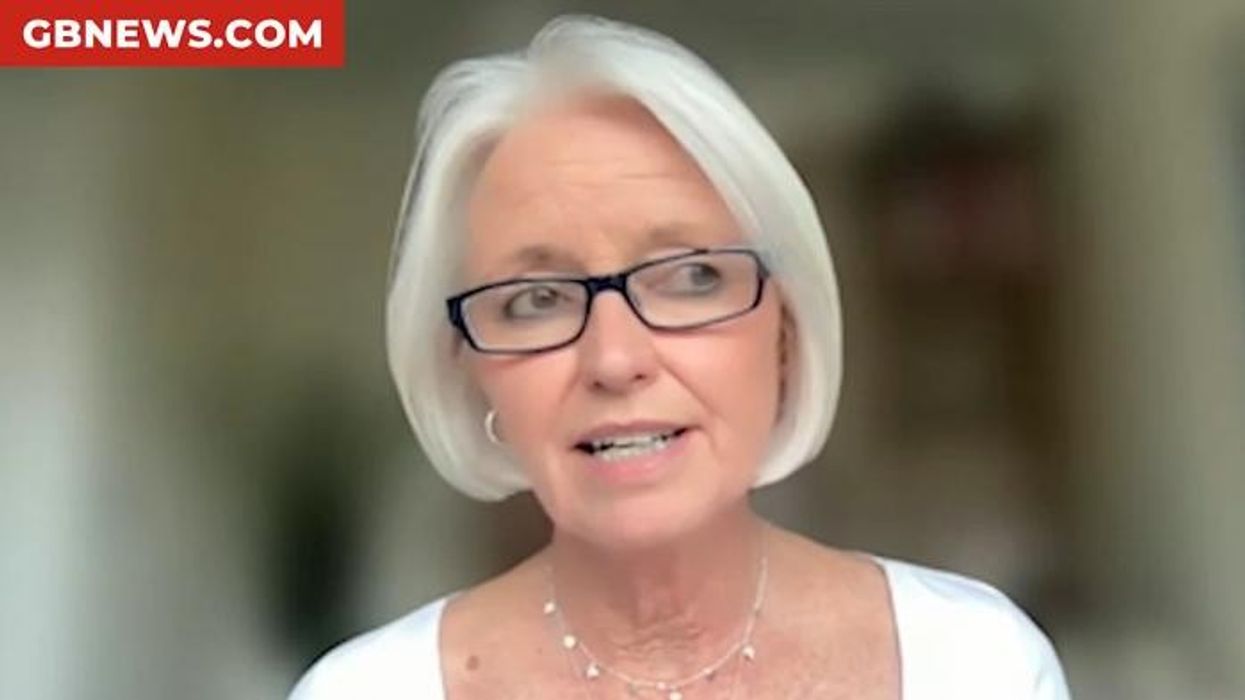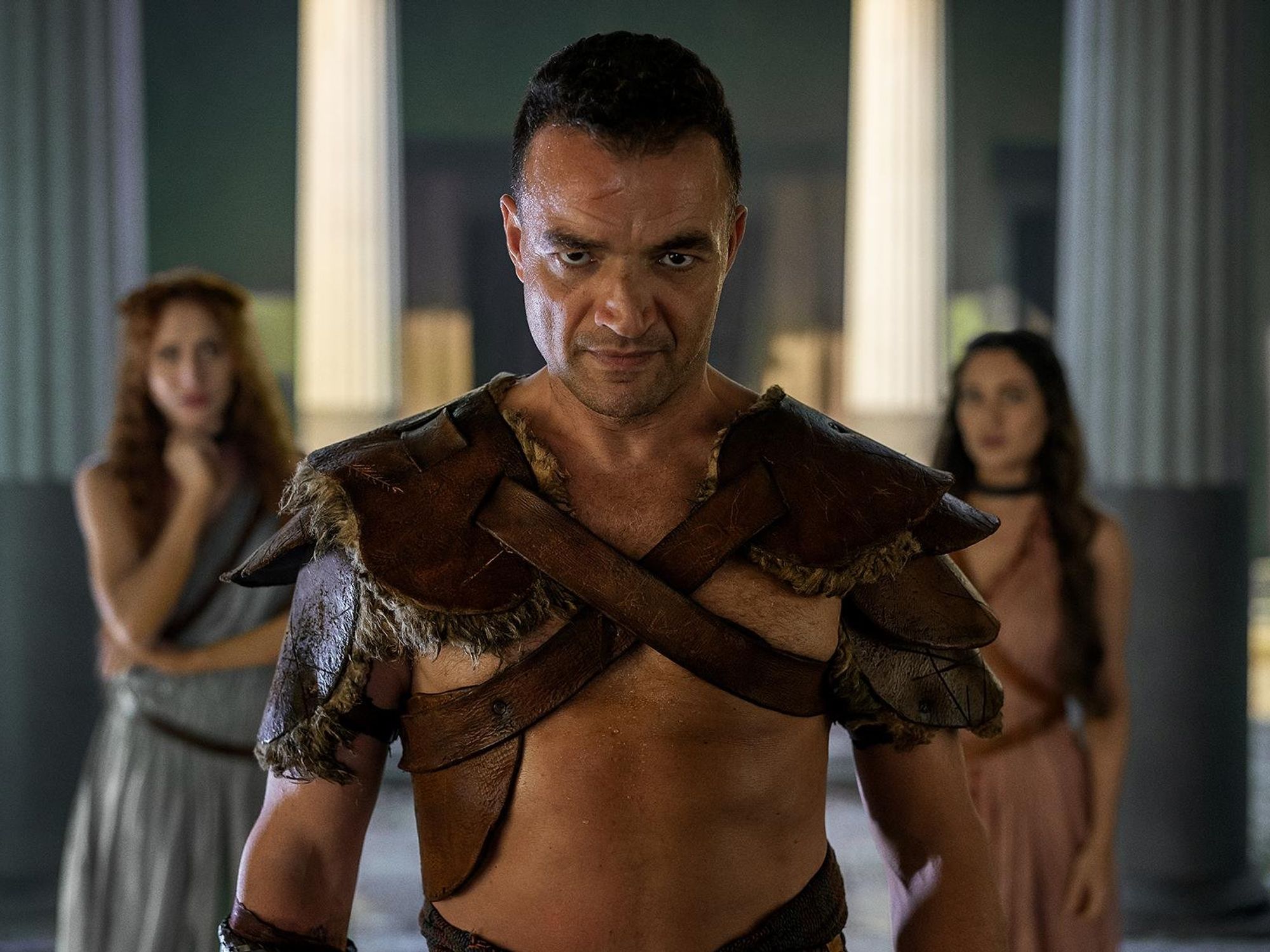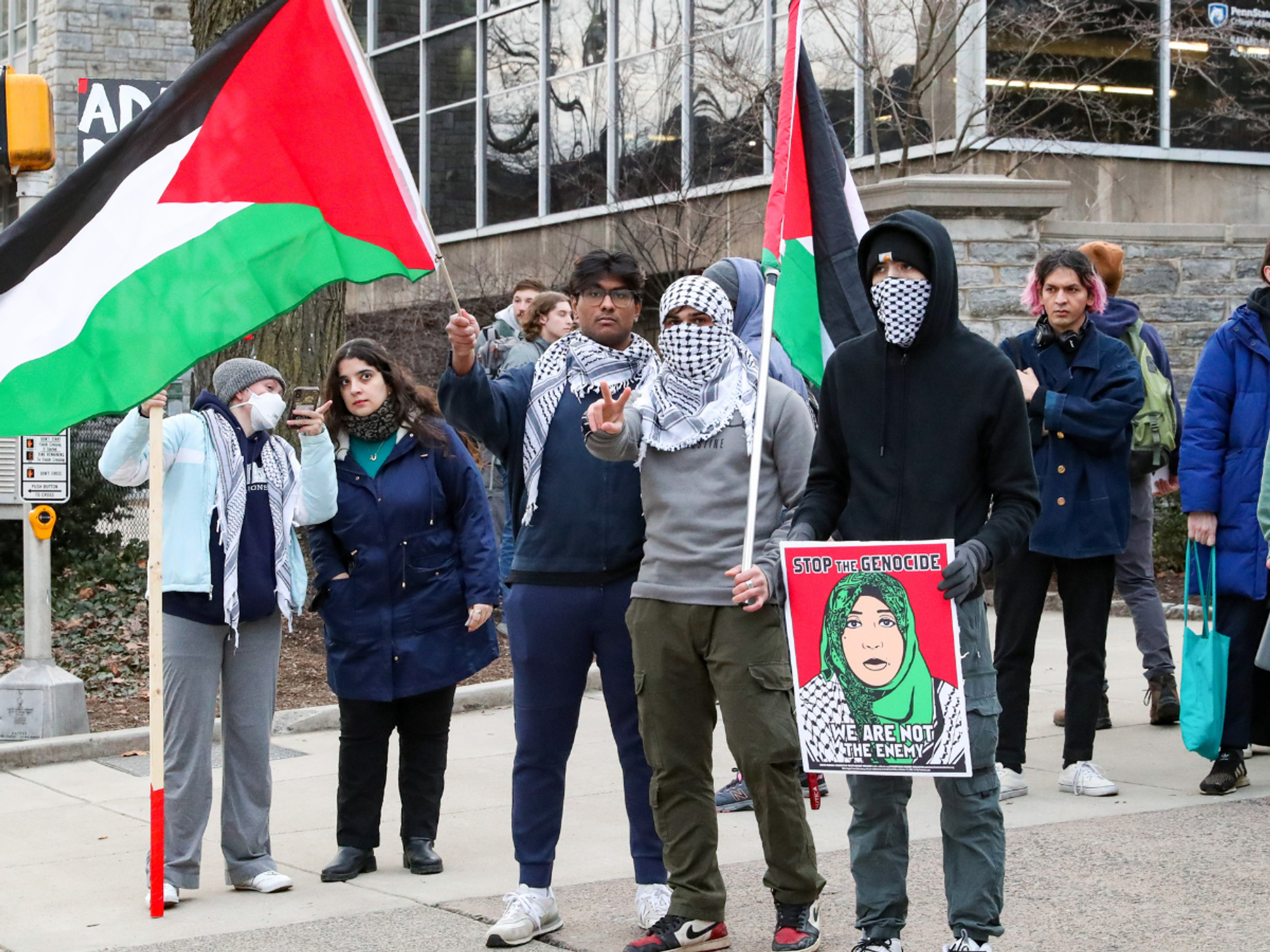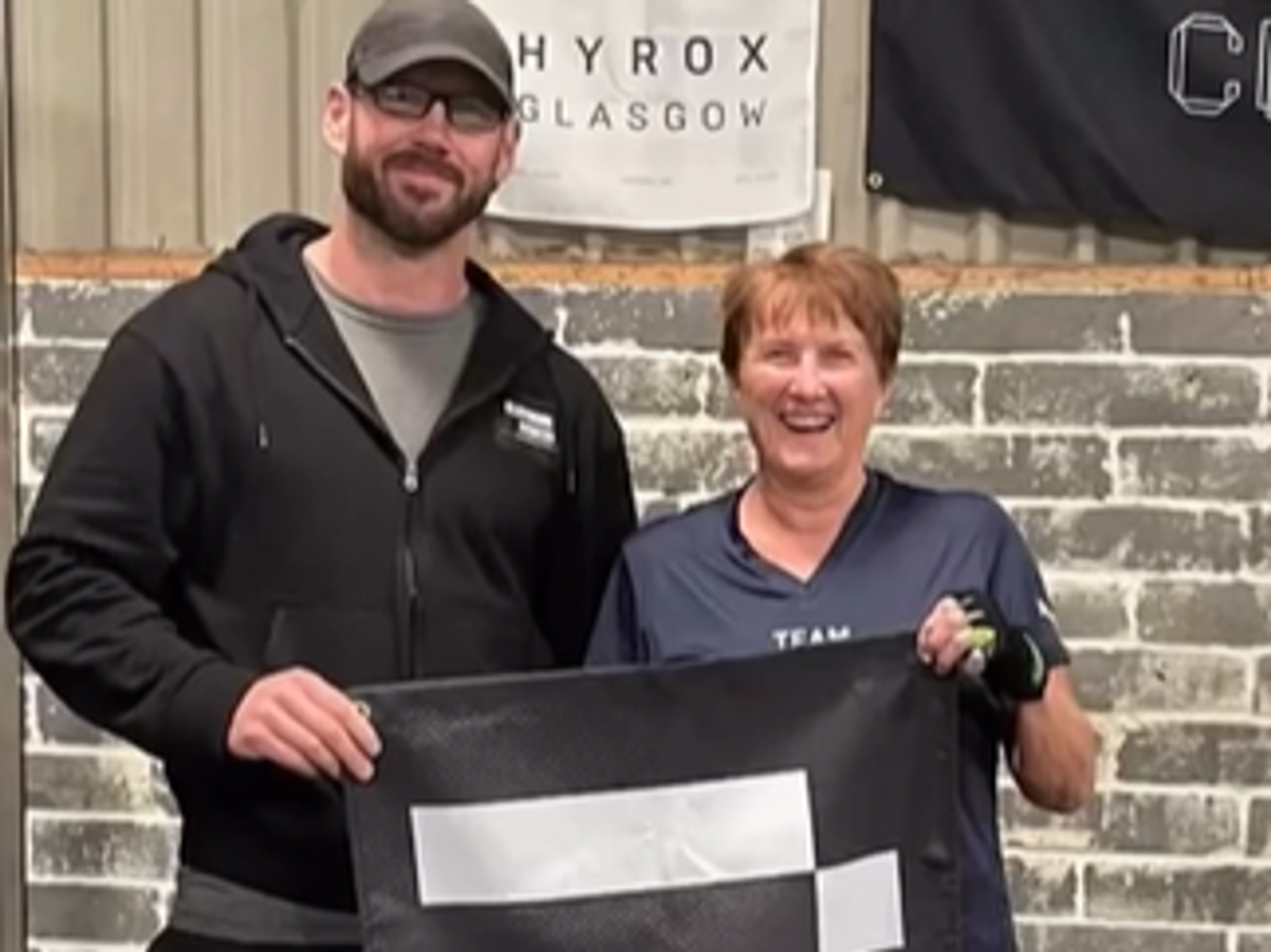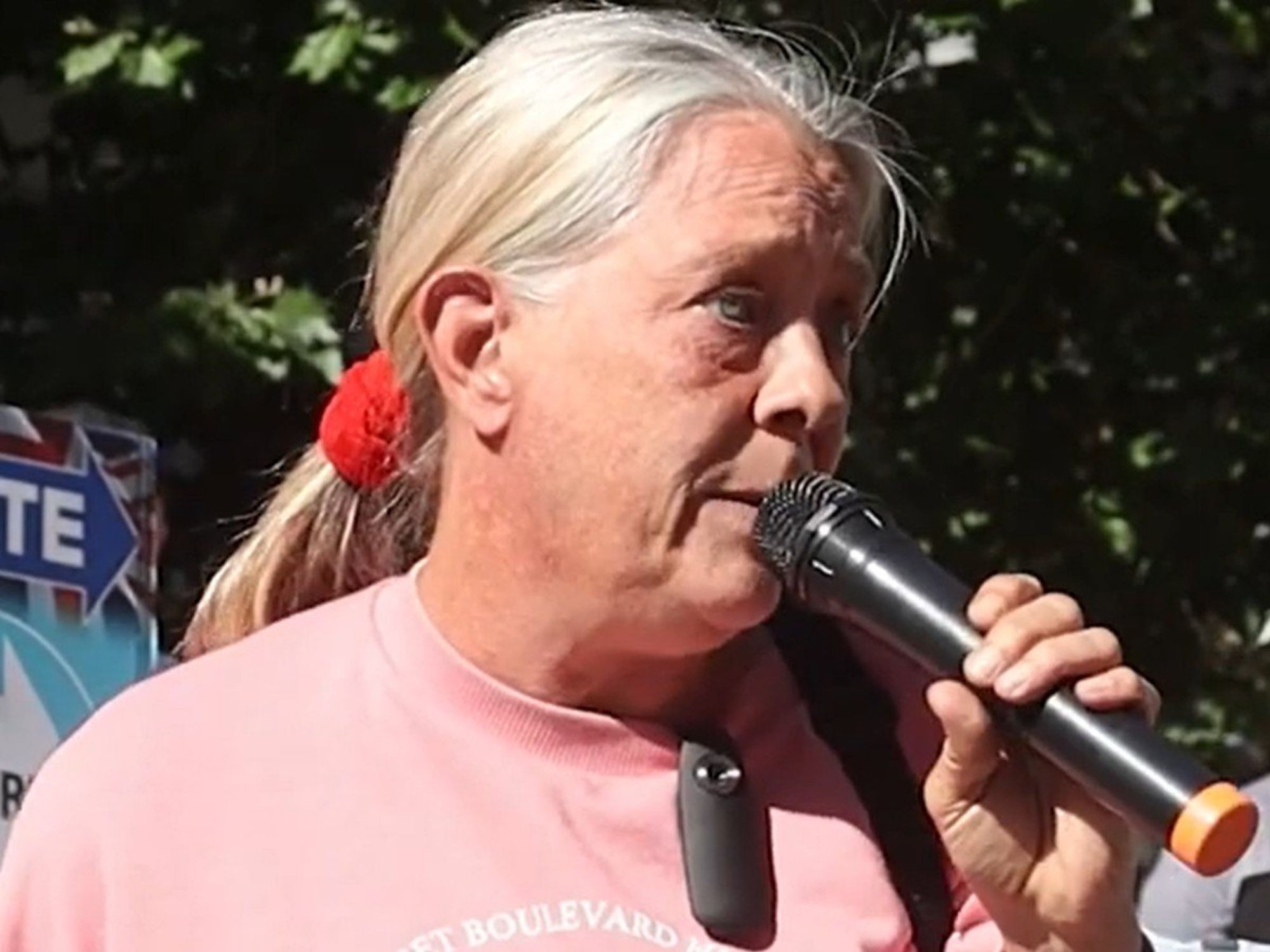'I'm a doctor - a key supplement could fight varicose vein swelling, heaviness and pain'

Lifestyle factors could stop the condition from getting worse, research suggests
Don't Miss
Most Read
Latest
Cord-like veins running down the back of the legs are clinically known as varicose veins. Over time, they affect half of women and a quarter of men to some degree.
But according to medical consultant Dr James Lyons, several lifestyle factors may prevent the condition from worsening and developing.
Evidence-based dietary approaches proven to support vein health and promote circulation include horse chestnut seed extract, he told GB News.
"There's some research behind horse chestnut seed extract," Dr Lyons shared, explaining that it has been shown to help with leg pain, heaviness and swelling.
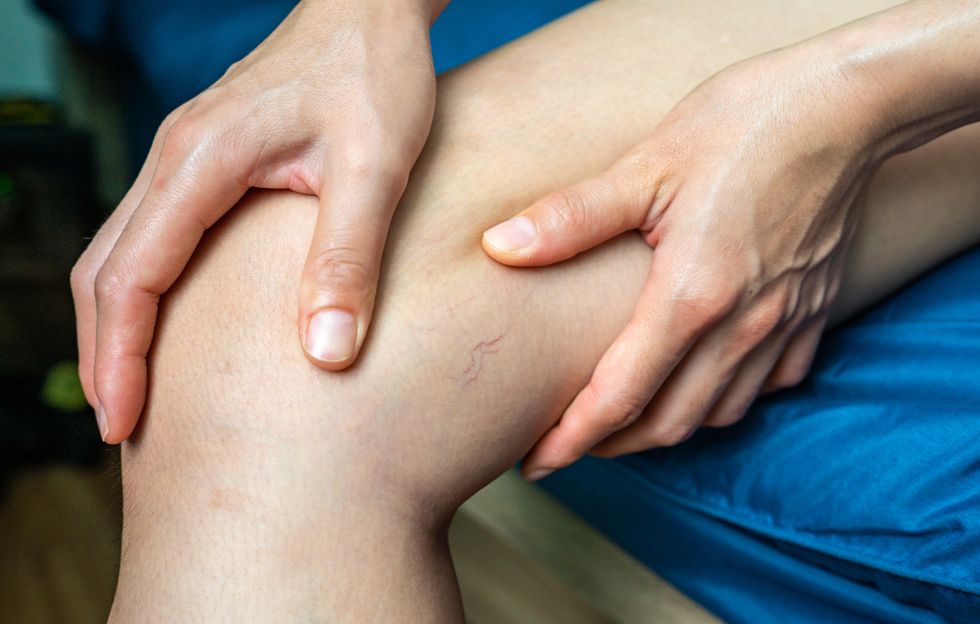
Heaviness in the legs is associated with varicose veins
| GETTYOne of the most comprehensive studies to date was published in Advances in Therapy in 2006.
It found 58 per cent of respondents who took the extract three times a day, along with topical application of gel containing aescin twice a day, reported significant improvements in their condition.
The most noticeable benefits concerned pain, swelling, heavy legs and skin discolouration.
But risks may exist for certain individuals, making prior consultation with a doctor essential - particularly for anyone taking blood thinners, Dr Lyons cautioned.
Furthermore, experts at WebMD note that while taking 300mg of standardised horse chestnut seed extract by mouth can reduce most symptoms, it may be less effective than maritime pine bark for reducing leg swelling and cramps.
Flavonoid-rich foods are closely tied with blood vessel health and inflammation control, making berries, citrus fruits, onions and leafy greens top dietary choices.
Dr Lyons added: "Staying well hydrated and eating enough fibre also matters, mostly because avoiding constipation reduces pressure in the lower abdomen and legs, and that pressure can worsen varicose veins over time."
Other factors like weight management may be worth prioritising over supplementation where appropriate, to reduce pressure on leg veins.
LATEST DEVELOPMENTS
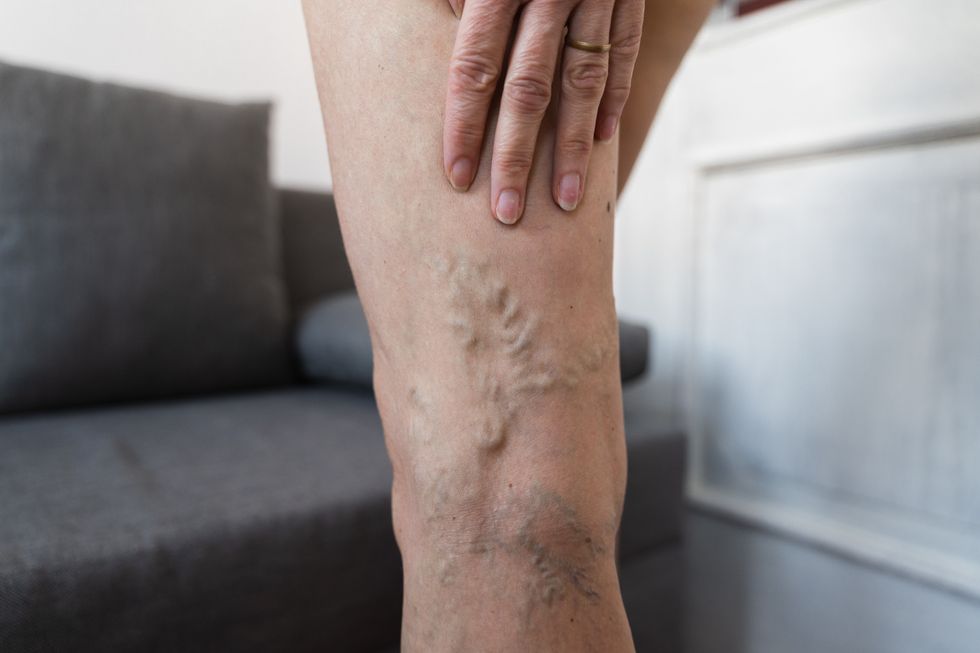
Exercise curbs discomfort associated with varicose veins
| GETTY"One of the biggest things that helps is avoiding long periods of standing or sitting without a break," Dr Lyons explained. At a minimum, adults should engage in movement every hour - even if just for one or two minutes - to maintain circulation.
Wearing loose, comfortable clothing will also prevent restricting circulation around the waist and thighs.
Best types of exercise for varicose veins
It's no surprise that exercise curbs discomfort associated with varicose veins, though Dr Lyons notes that it won't make them disappear entirely.
"Walking is one of the best things you can do," he noted. The exercise activates calf muscles and pumps blood back to the heart.
Swimming, cycling and yoga are equally good options for boosting circulation without putting too much strain on the legs. Over time, these alleviate aching, swelling and heavy feeling associated with the condition.


